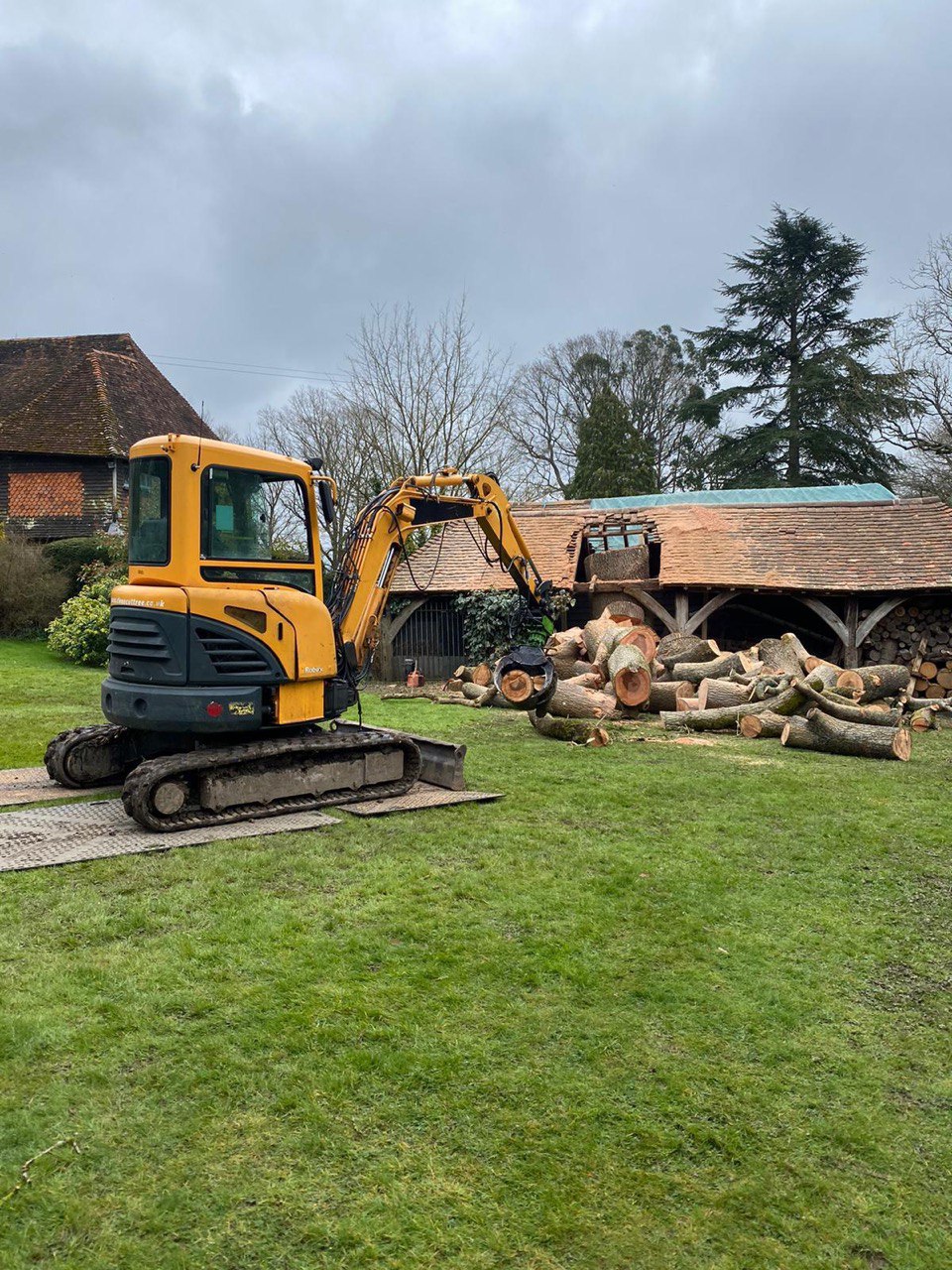
Introduction: Tree removal is sometimes necessary in landscaping or property management. However, once a tree is cut down, the remaining stump can significantly impact the surrounding trees more than you might think. Stump grinding is not only a practical solution for removing unsightly stumps but also a way to promote the health of nearby trees. In this blog post, we’ll explore how stump grinding benefits the health of trees in the vicinity.
Understanding the Impact of Tree Stumps:
Tree stumps left in the ground can have various adverse effects on the environment and the health of surrounding trees:
- Host for Pests and Disease:
Decaying stumps can become a breeding ground for pests and pathogens. These pests and diseases can easily spread to nearby healthy trees, causing further damage.
- Competition for Resources:
Stumps can continue to send out root systems, competing with nearby trees for essential nutrients, water, and space. This competition can weaken neighbouring trees and inhibit their growth.
- Physical Obstruction:
Stumps can obstruct landscaping efforts, making it challenging to plant new trees or maintain the area. They can also be a hazard for mowers and other equipment.
- Aesthetic Concerns:
Stumps are unsightly and can detract from the visual appeal of your landscape or property. They may also hinder your ability to enjoy outdoor spaces fully.
How Stump Grinding Benefits Nearby Trees:
Stump grinding is a practical and eco-friendly solution that can positively impact the health of nearby trees:
- Pest and Disease Prevention:
Removing the decaying stump eliminates a potential source of pests and diseases. This helps protect the health of nearby trees and reduces the risk of infestations or infections.
- Reduced Competition:
Stump grinding eliminates the competing root systems, allowing nearby trees to access vital resources without hindrance. This can lead to healthier and more robust tree growth.
- Improved Land Use:
Removing stumps creates space for new trees or landscaping projects, enhancing your property’s overall aesthetics and functionality.
- Safety Enhancement:
Stump removal eliminates tripping hazards and minimises the risk of accidents caused by hidden stumps in your yard.
The Stump Grinding Process:
Stump grinding involves using specialised equipment to grind down the stump into wood chips and mulch. The grinding depth can vary depending on your preferences and the area’s intended use.
Choosing a Professional Tree Service:
While stump grinding can be a DIY project, hiring a professional tree service is often best. Experienced tree professionals have the equipment and expertise to safely and efficiently remove stumps while ensuring minimal disruption to the surrounding landscape.
Conclusion: Stump grinding is not just about aesthetics; it’s a practical solution that benefits the health and well-being of nearby trees. Removing stumps prevents the spread of pests and disease, reduces resource competition, and creates a safer and more attractive outdoor environment.
Call us on: 01795 718597
Click here to find out more about Sheppey Tree Surgeons
Click here to complete our contact form and see how we can help with your tree’s needs.